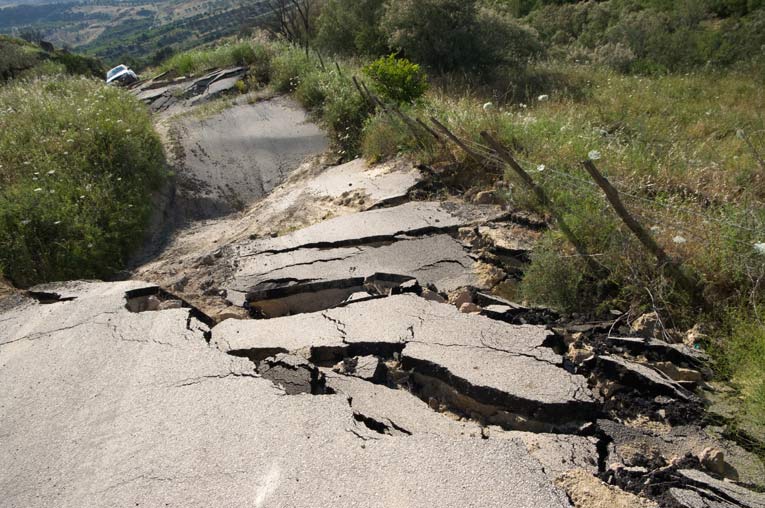As the terror of earthquakes looms large again – with the shocking consequences of seismic ruptures demonstrated so dramatically first in New Zealand, and now Japan – being able to nail down seismic risks has never seemed so vital. Whether it's the building of hydroelectric dams, office blocks or of nuclear reactors, fully appreciating the scale and frequency of earthquakes is essential – if future catastrophic failures are to be avoided. Now seismologists may have a new tool in their armory to help them this quest – fossil-quakes preserved in water-lain sediments, which could extend the timespan of logged seismic activity back tens of thousands of years.
In a study published in the recent issue of Geology, a team led by Professor Shmuel Marco – from Tel Aviv University's Department of Geophysics and Planetary Sciences – has described a means of deciphering strange wave-like forms, seen in sediments in the Dead Sea. He believes these represent the imprint of ancient earth tremors, which rippled through the water-laden sediments of the region.
Because modern-day seismic records date back only 100 years, having records from sediments that date back over thousands of years would be a real boon, to those studying earthquakes. Dr. Marco likened them to a "fossil seismograph." His technique could be applied to areas across the world where large packets of sediment lie underwater, under assault from plate movements. That would include regions such as the US Pacific Coast.
The observed waves patterns are produced where heavy and light sediment meet. They are caused by the varying speeds with which tremors pass through these sediments of different densities. This kicks off first waves, then folds and finally fragmentation, along the boundary – as the strength of the earthquake increases.
Prof. Marco said "Our new approach investigates wave patterns of heavy sediment that penetrates into the light sediments that lie directly on top of them. This helps us to understand the intensity of earthquakes in bygone eras — it's a yardstick for measuring the impact factor of earthquakes from the past."
Whilst accurate prediction of the timing of earthquakes won't be directly aided by this research, knowing the number and size of earthquakes over long periods will help scientists to better assess the risks to man-made structures. Even if earthquakes can't be stopped, the more information engineers have to properly tremor-proof their works, the better – as recent events have so sadly shown.










